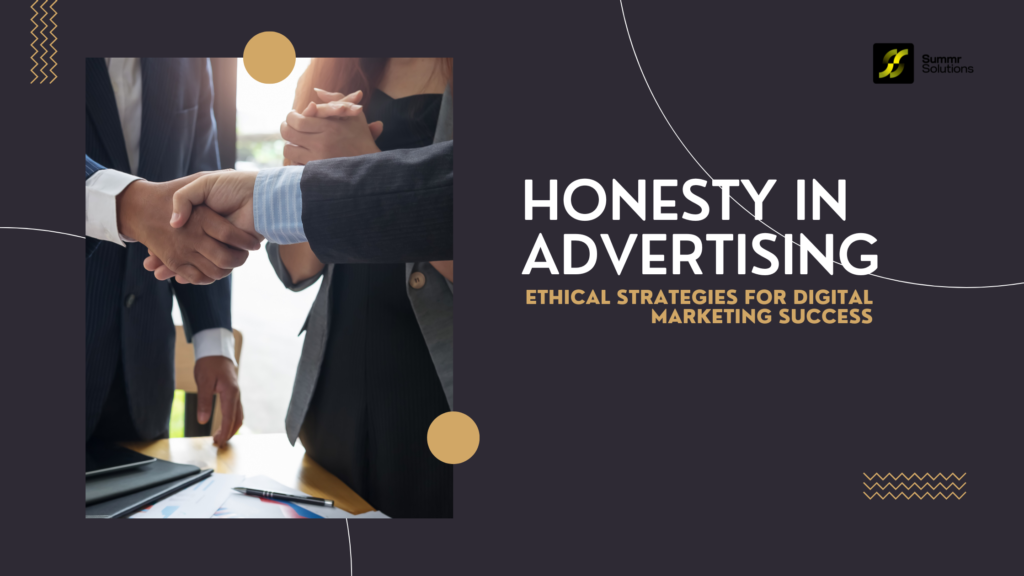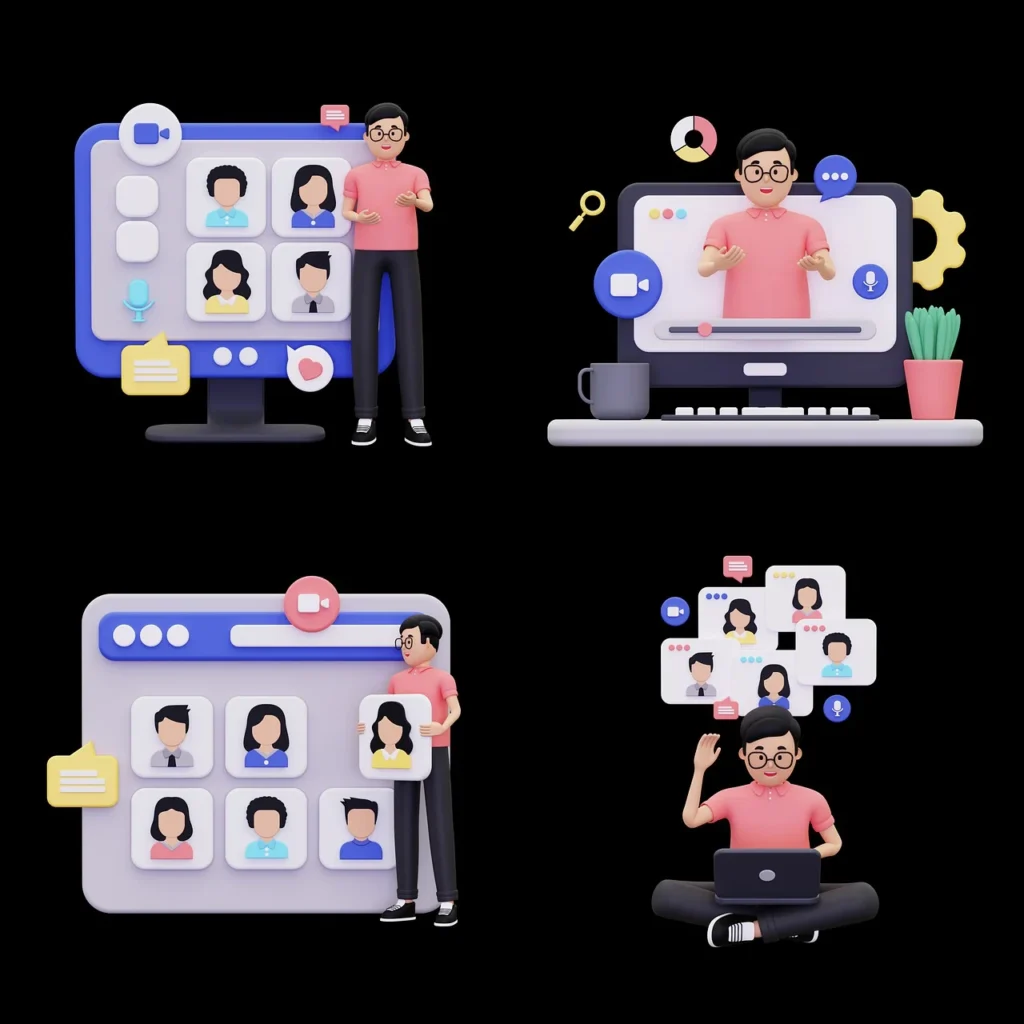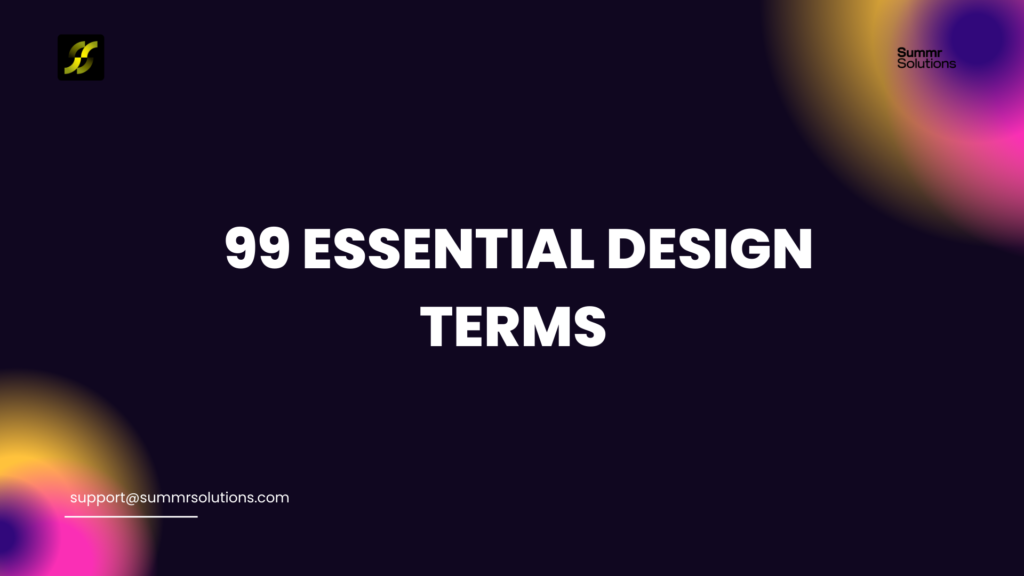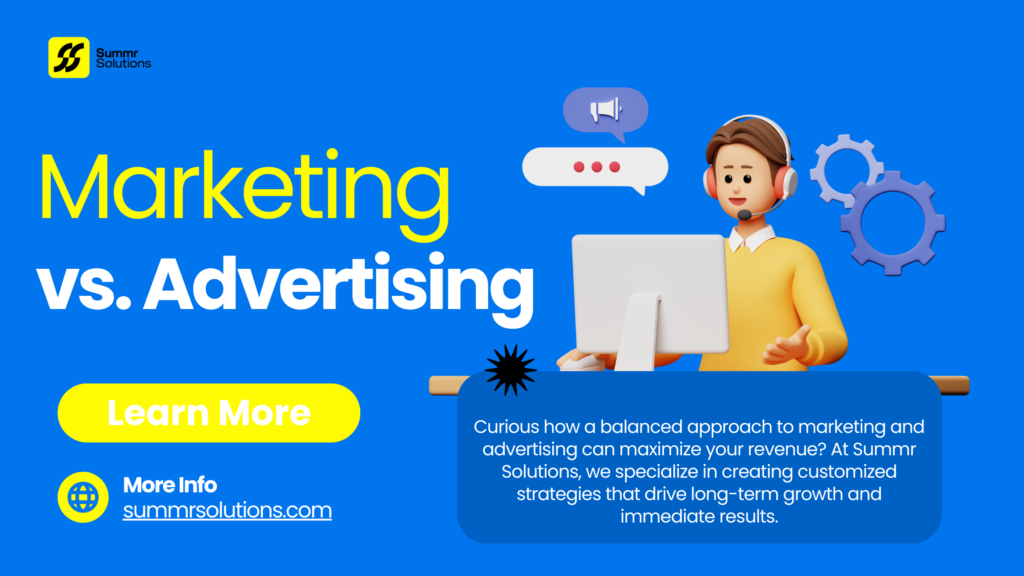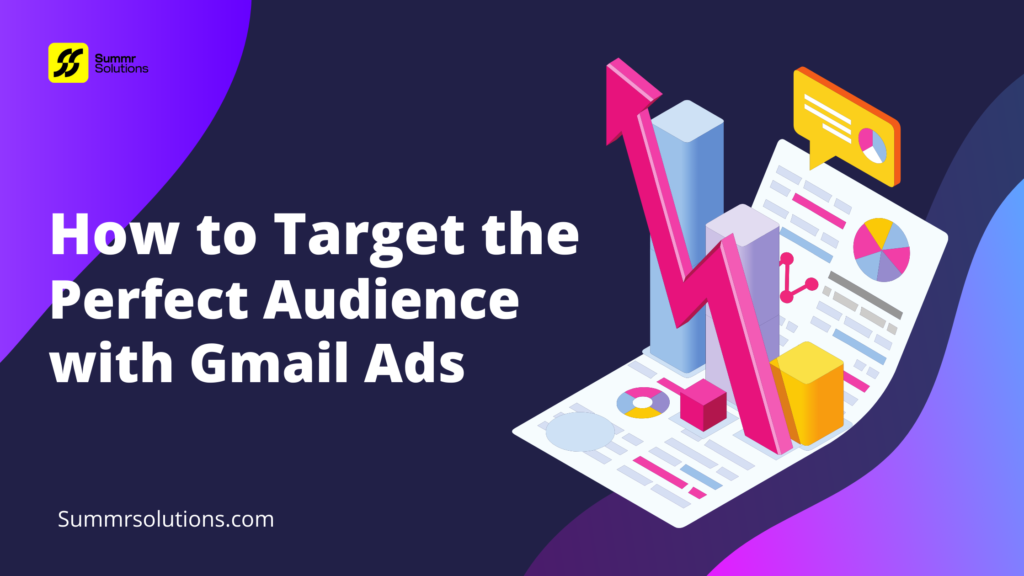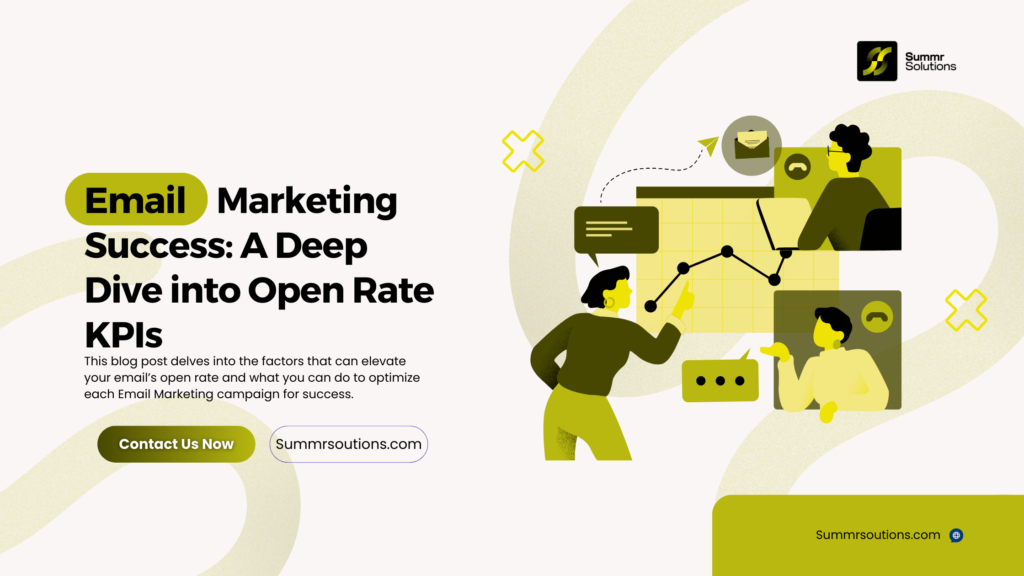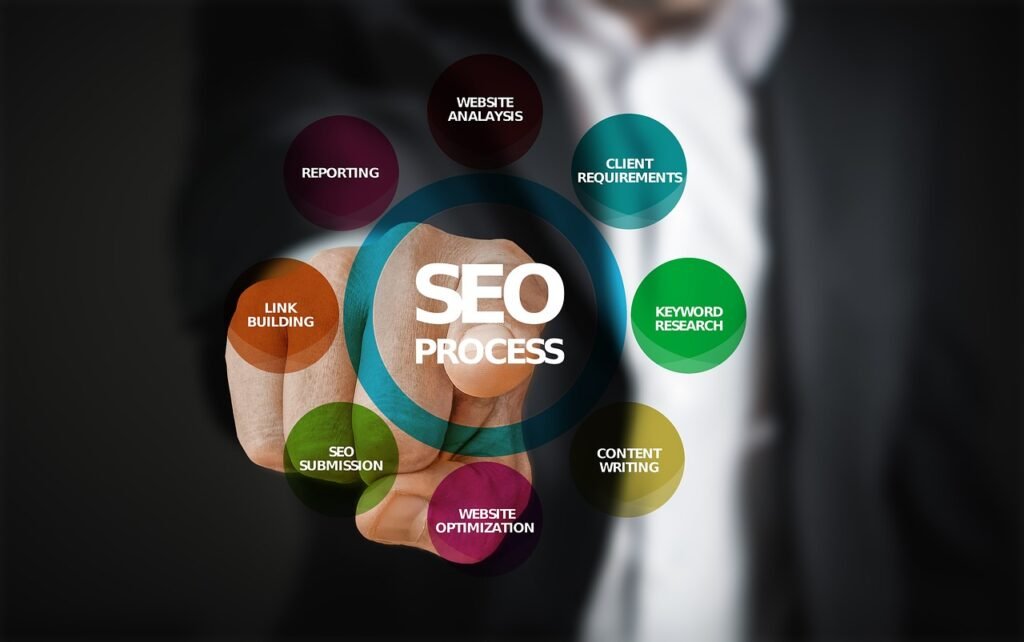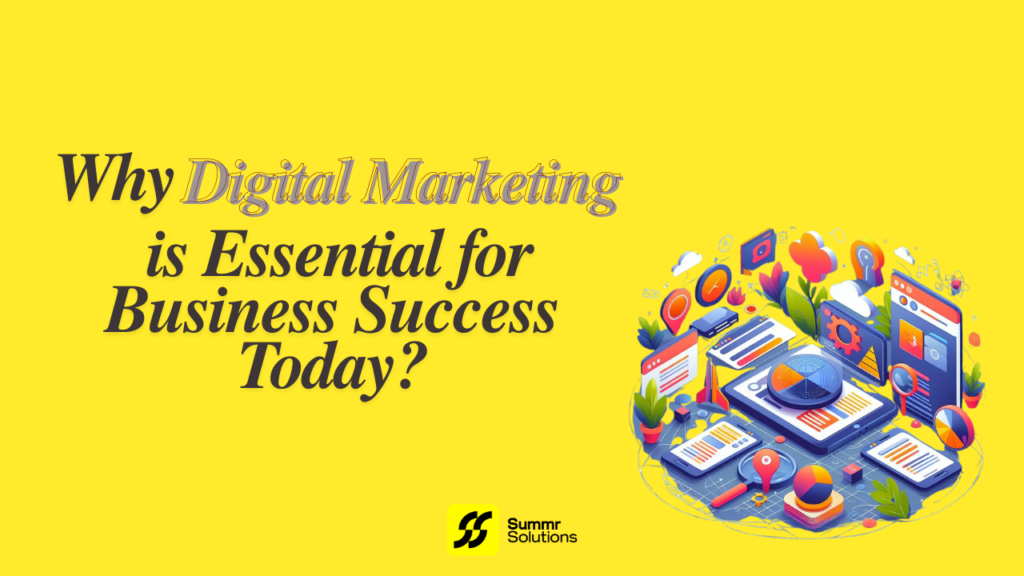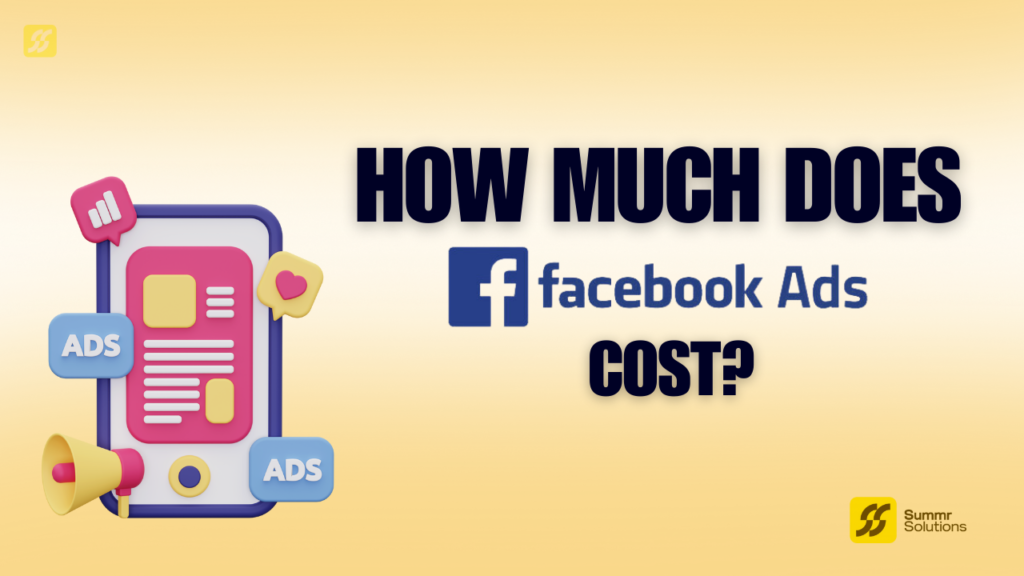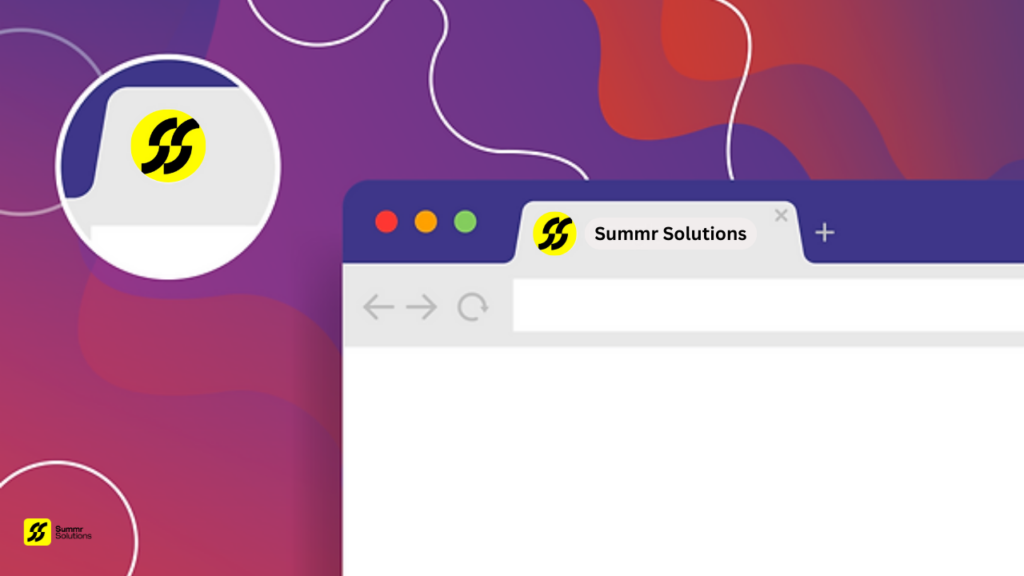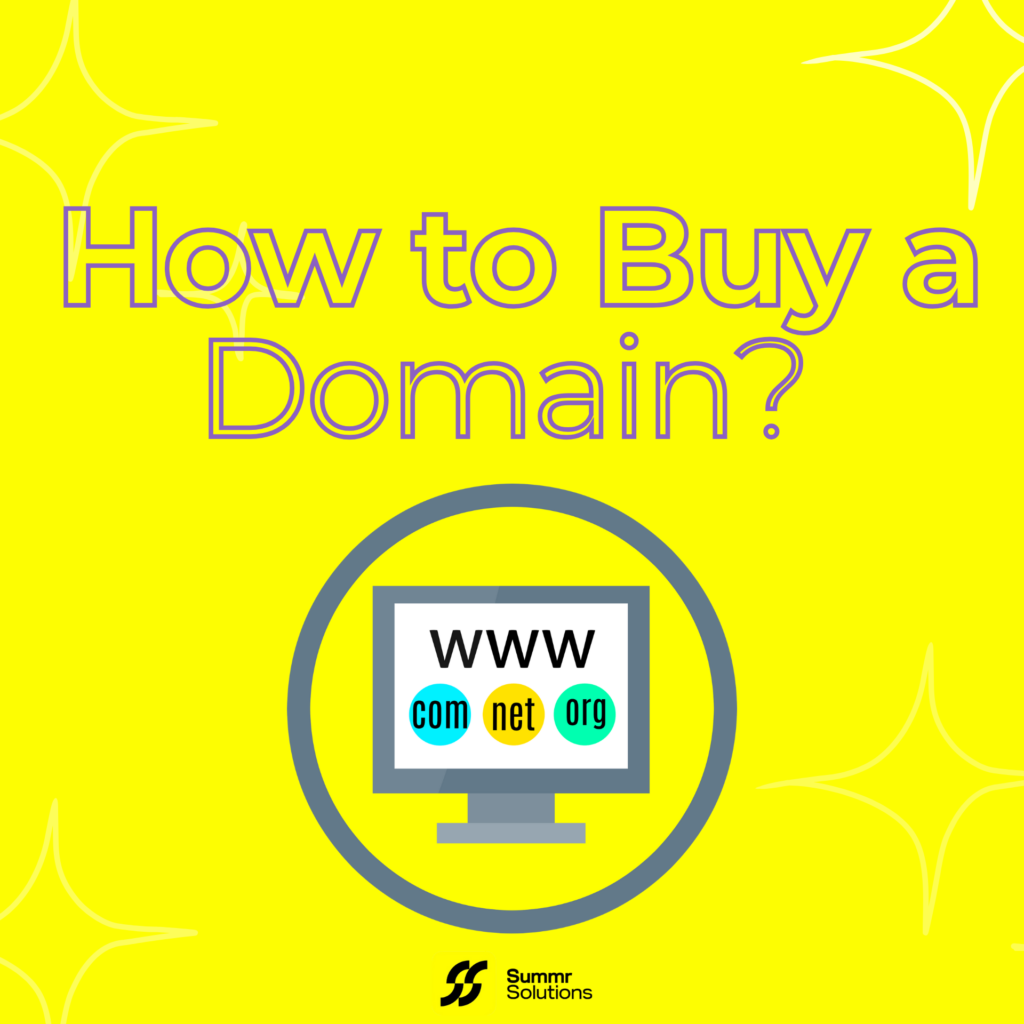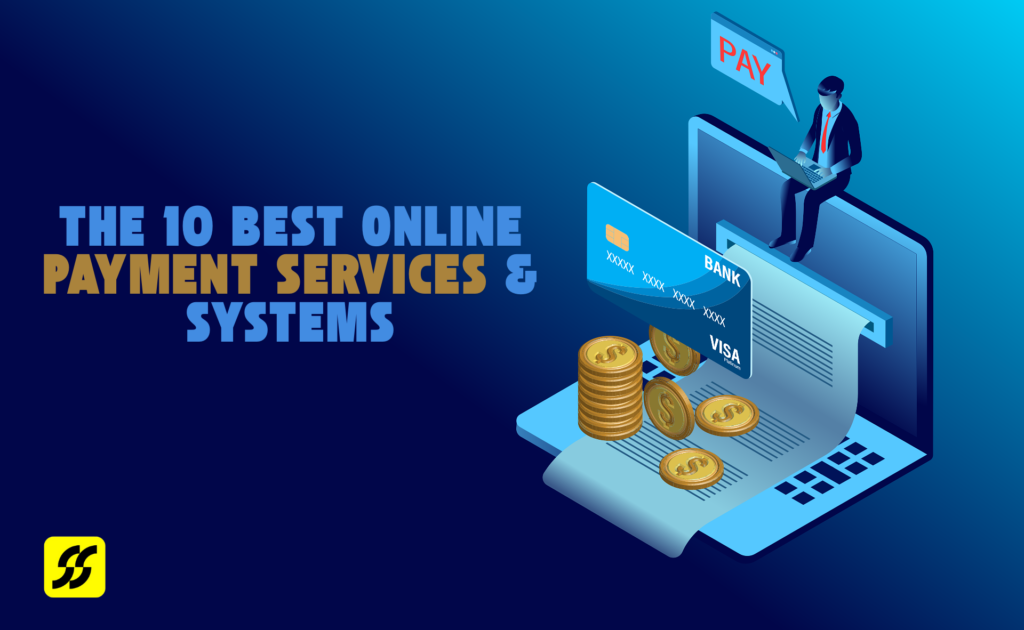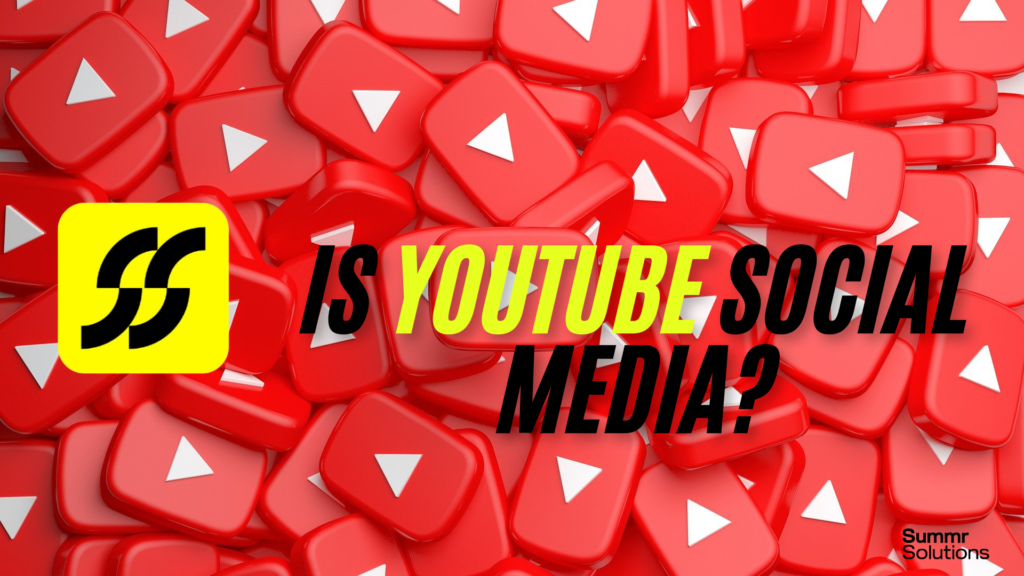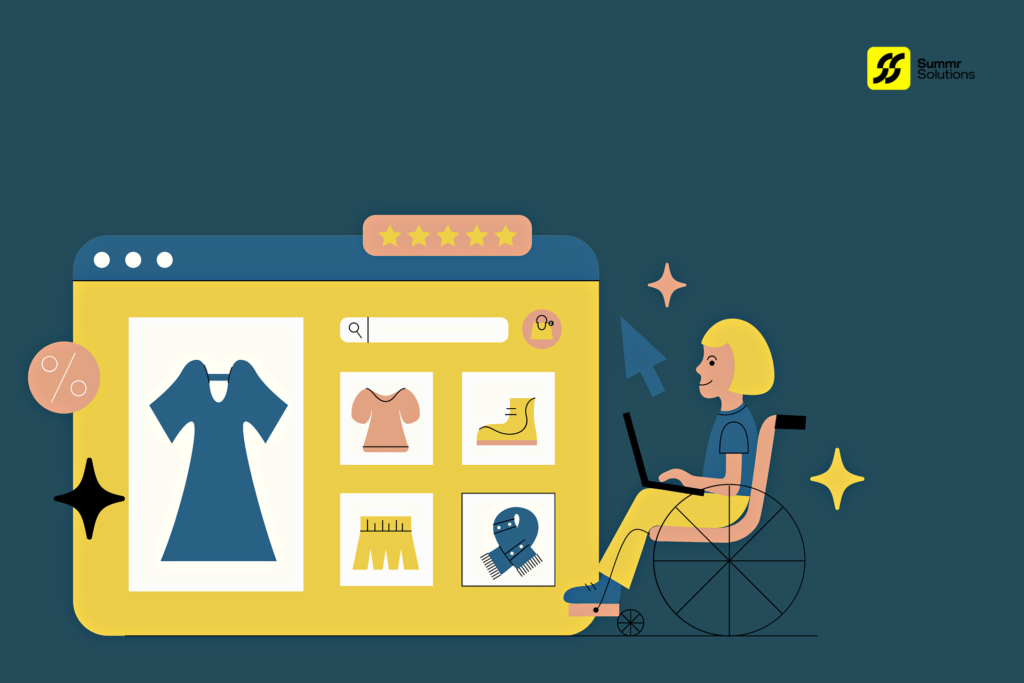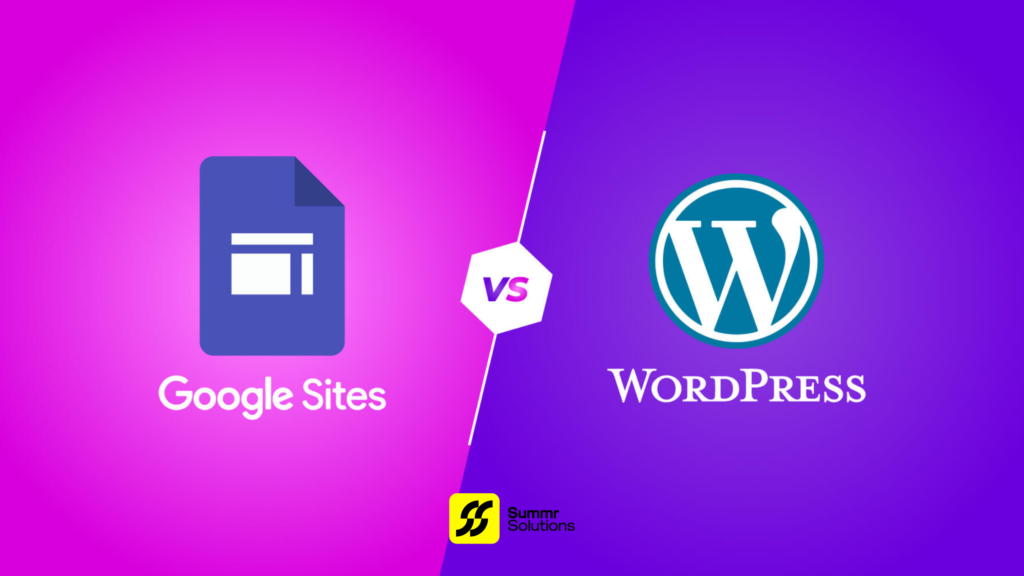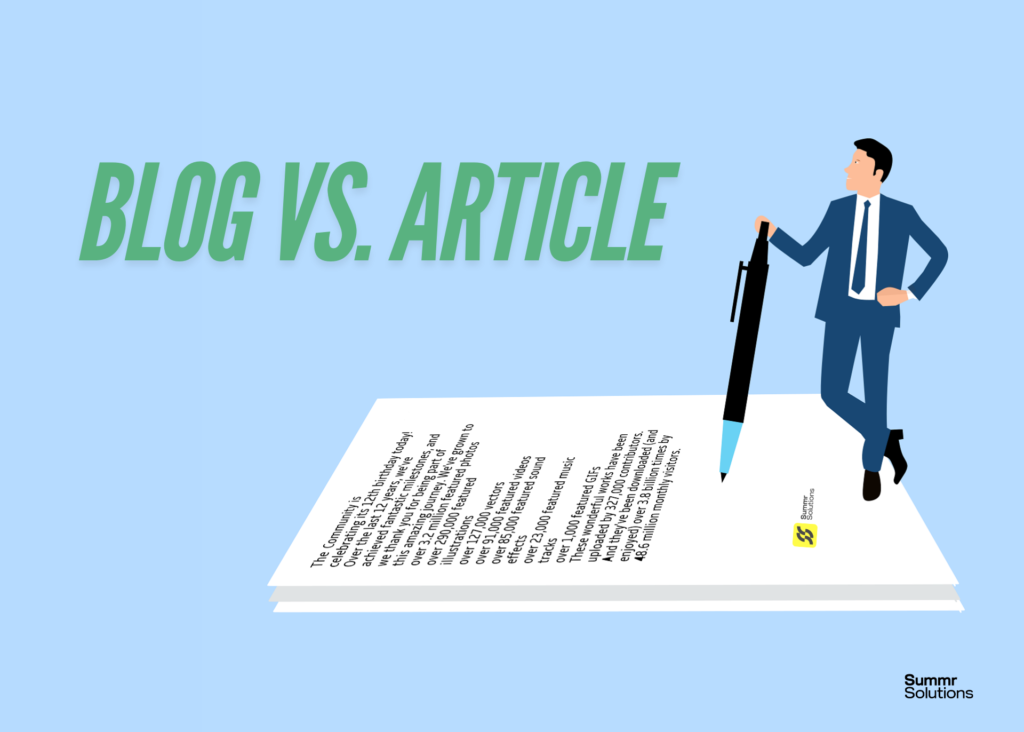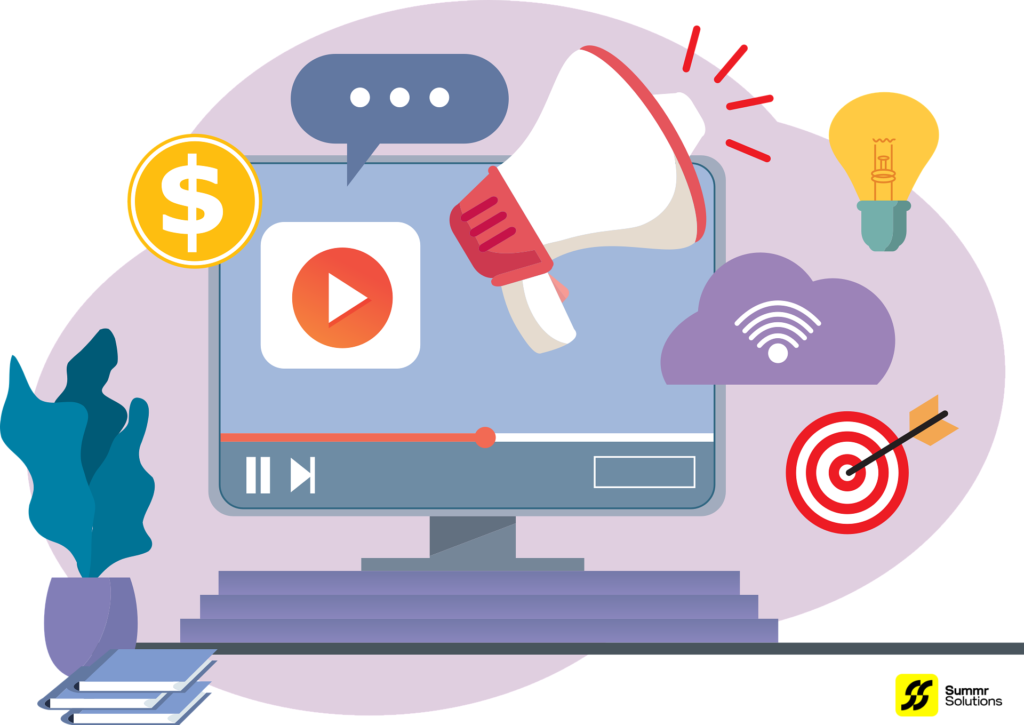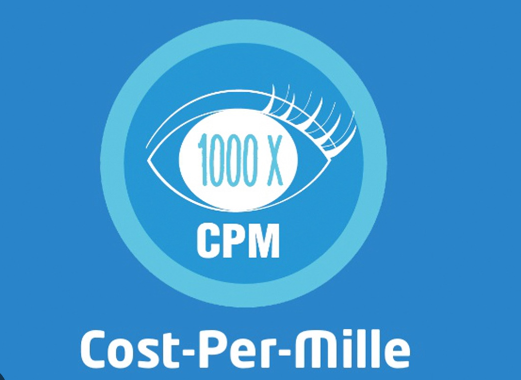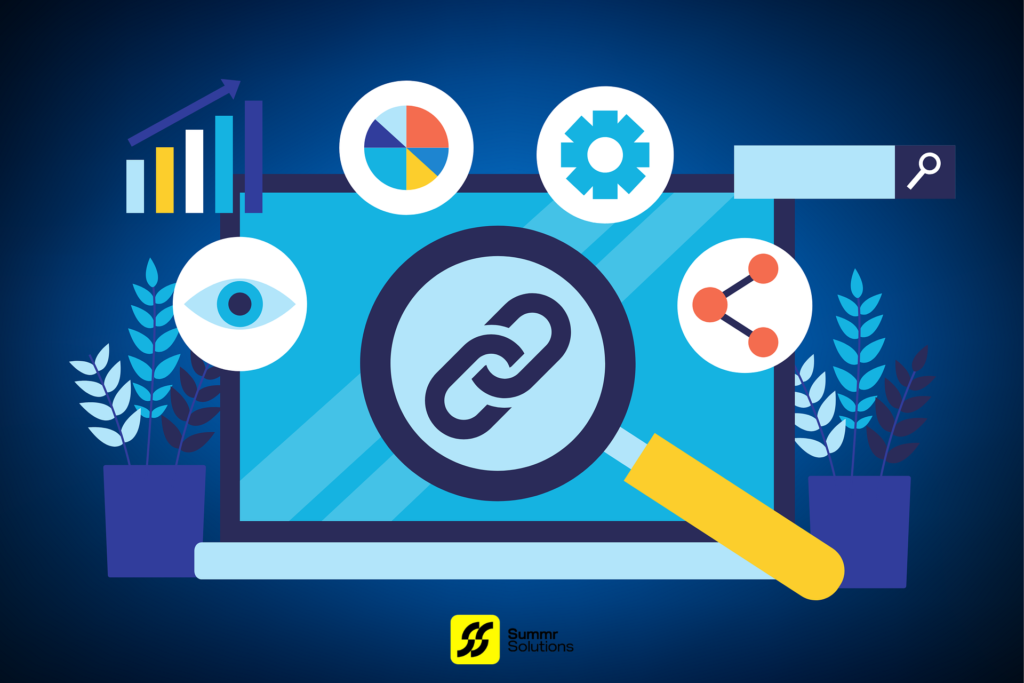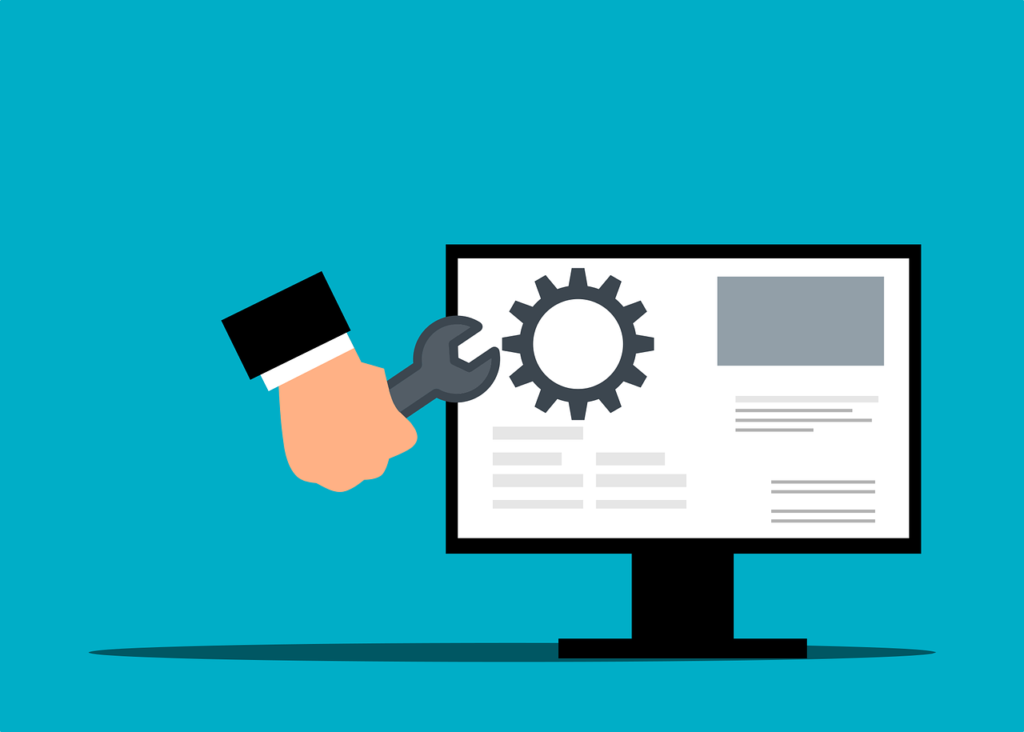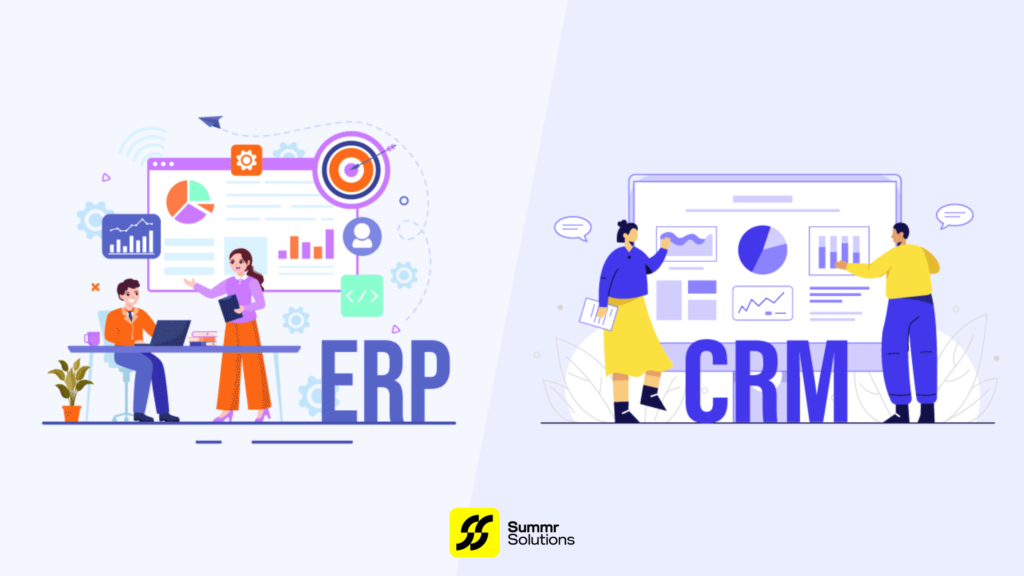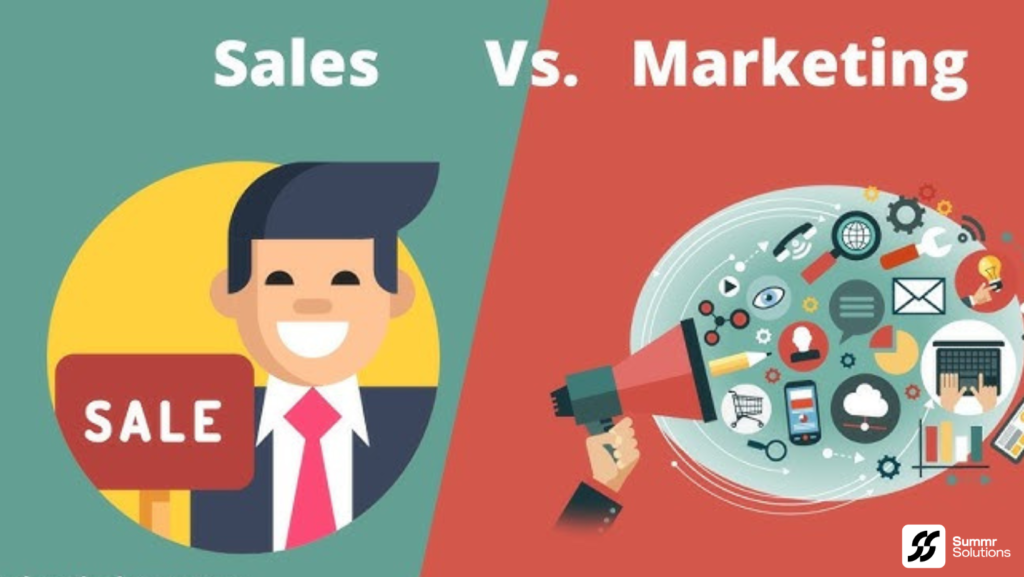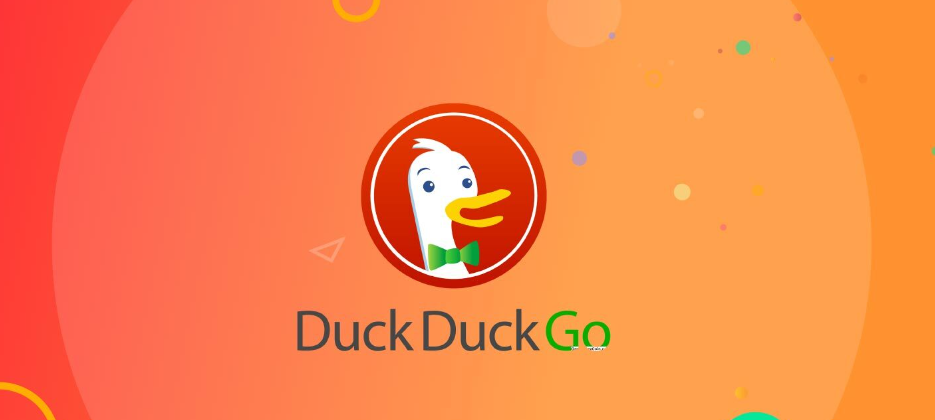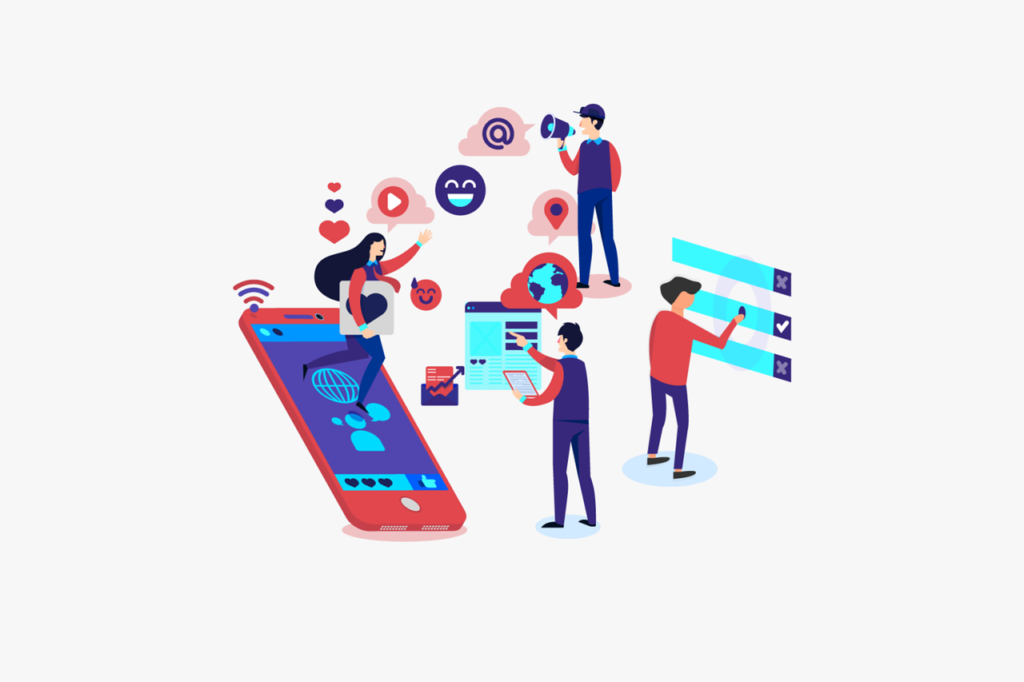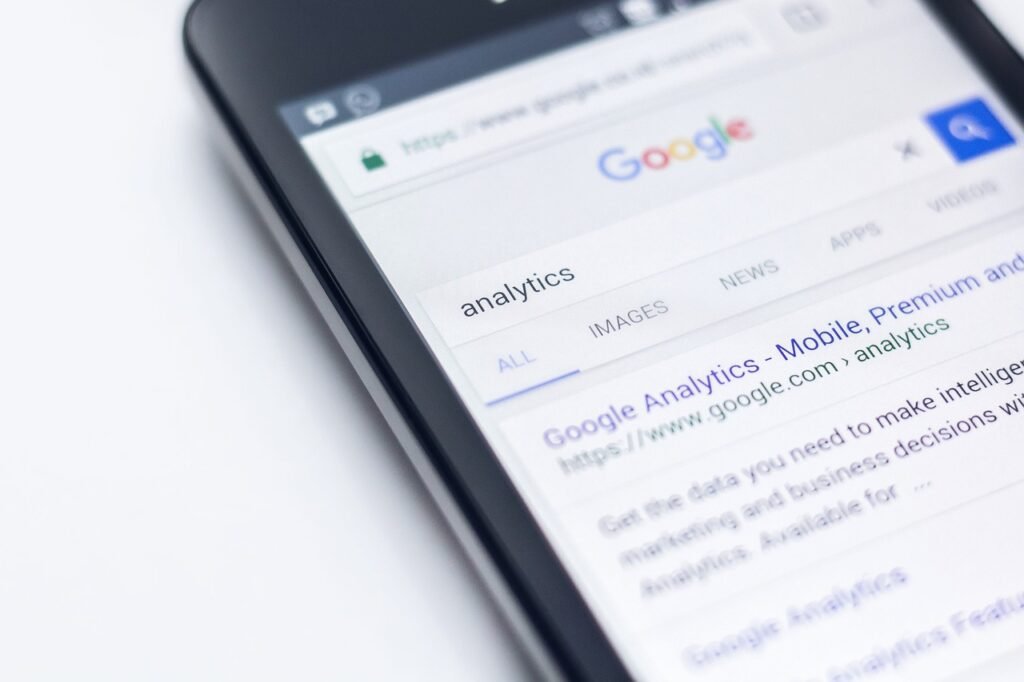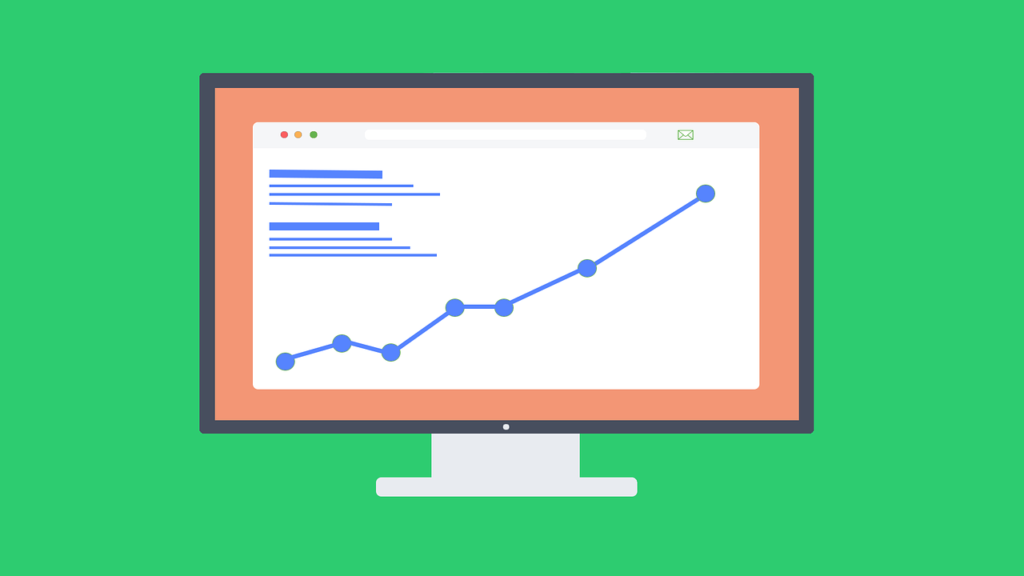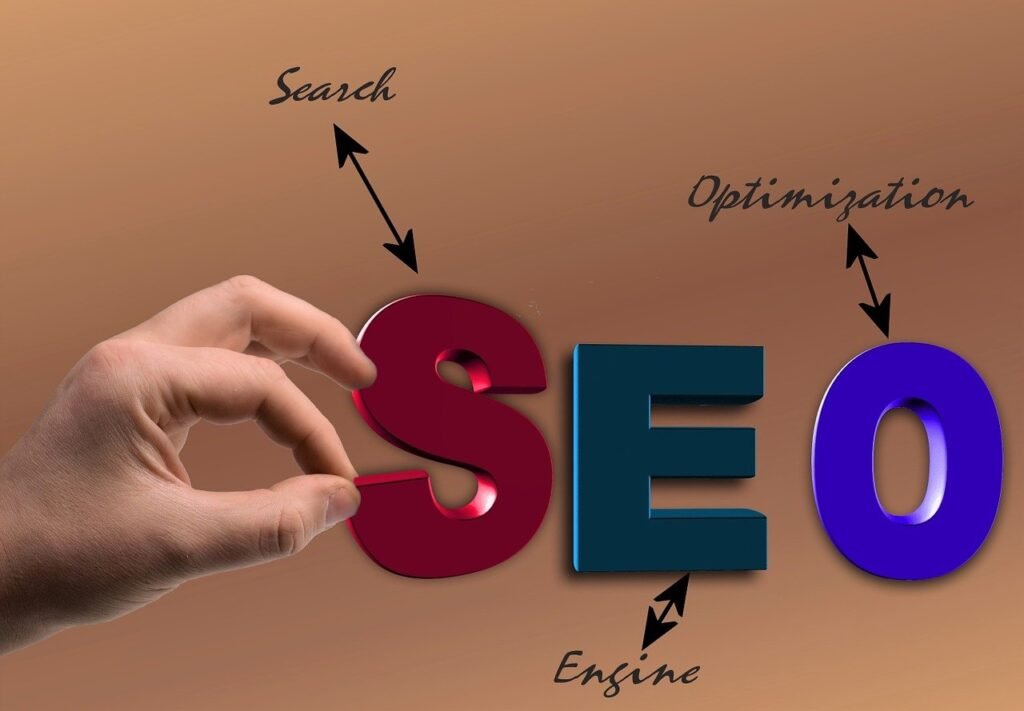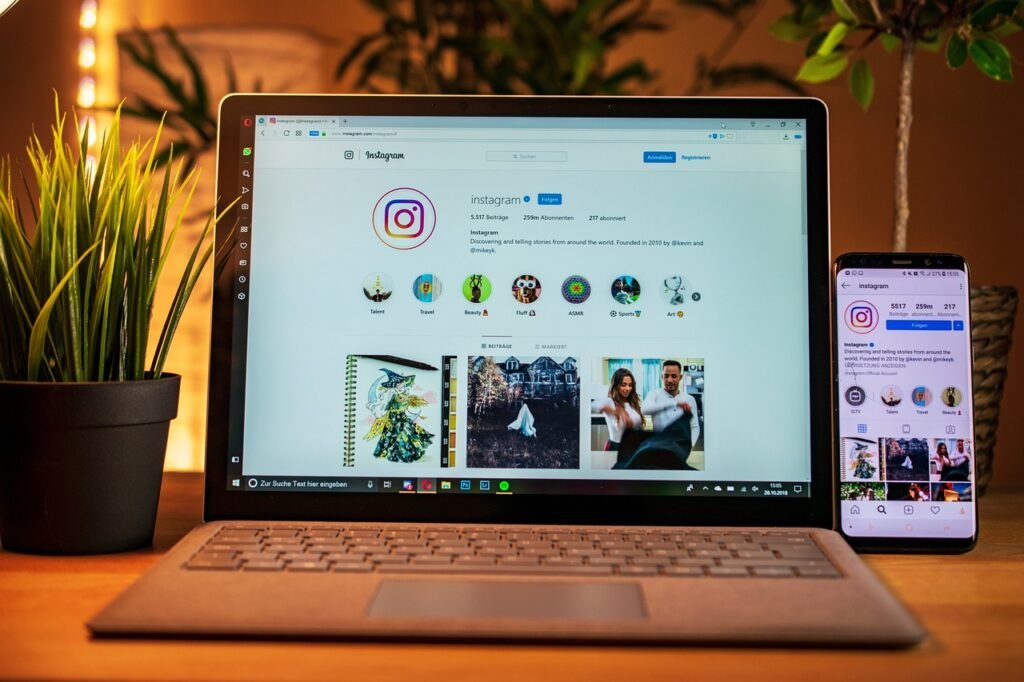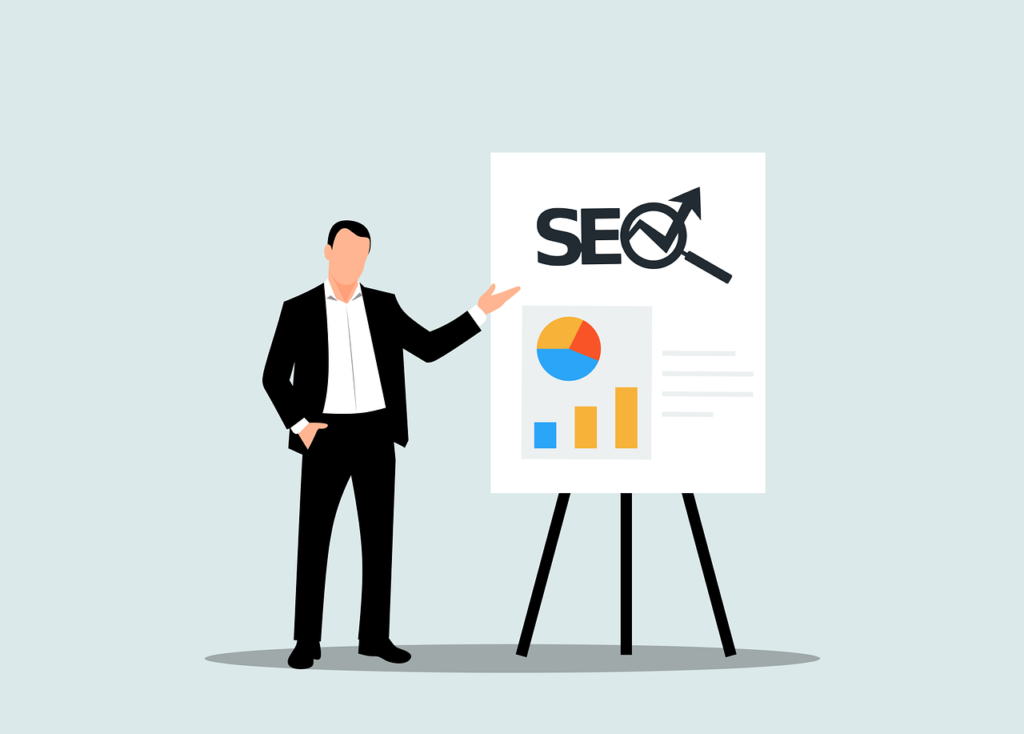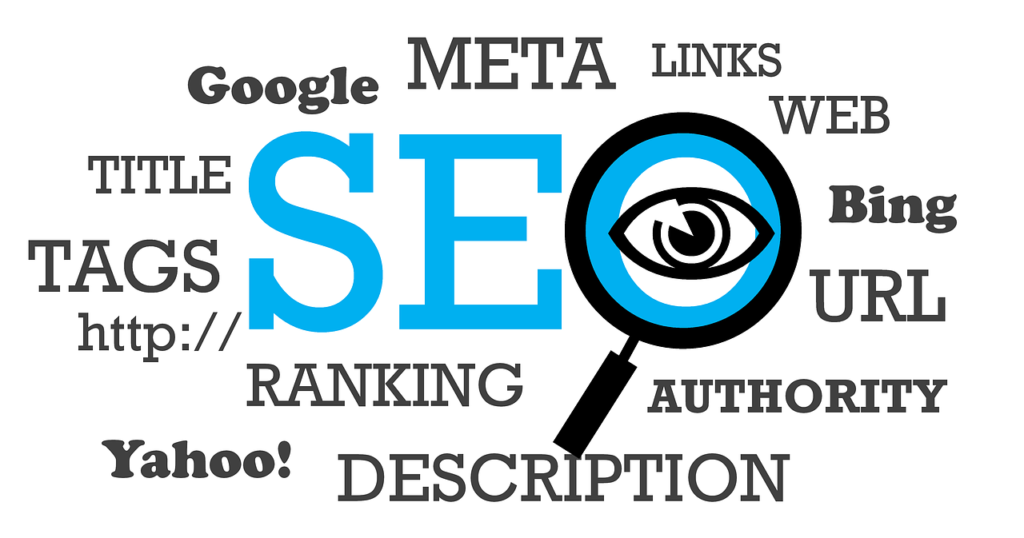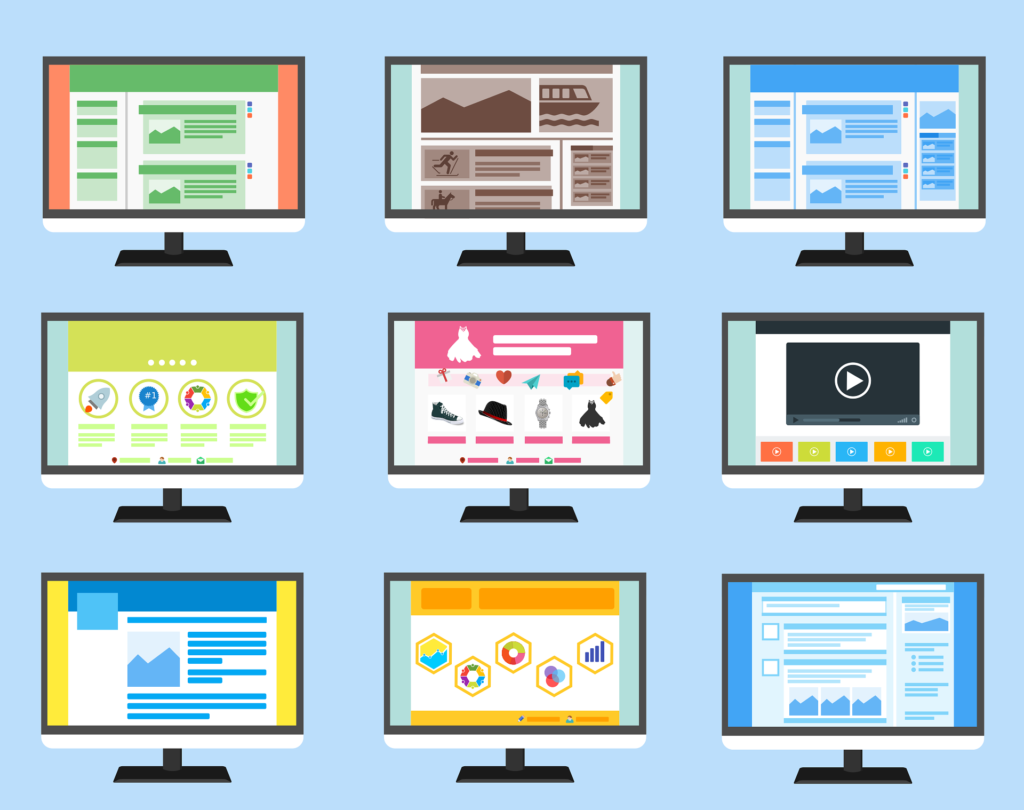Social media offers brands numerous ways to connect with their audience, build awareness, and achieve business objectives. Two major approaches to leveraging these platforms are organic and paid social media. In this guide, we’ll walk you through the main distinctions, the benefits of each, and effective ways to use both in your strategy.
Understanding Organic Social Media: The Basics
Organic social media refers to any content you post without paying for promotion. This includes photos, videos, links, and updates that your followers can engage with directly. While it doesn’t require a budget, organic content primarily relies on user engagement to spread to a wider audience.
Need expert guidance on navigating social media strategies? Let our team at Summr Solutions help you create a customized approach that boosts your online presence and drives results.
Why Organic Social Media Is Essential for Your Brand
Organic social media is crucial for developing long-term relationships and nurturing brand loyalty. Here are some of the key advantages:
- Cost-efficient marketing: It doesn’t require a financial investment to publish posts.
- Authentic connection: Organic content fosters genuine interactions with your followers.
- Sustained brand visibility: Posting regularly keeps your brand in your audience’s feed without ongoing costs.
- Community engagement: It’s perfect for building a loyal, engaged audience.
- Search engine benefits: When users share your organic content, it can increase website traffic, helping boost your search rankings over time.
What Exactly Is Paid Social Media?
Paid social media involves using paid advertisements to promote content. Whether you’re boosting a post or running ads, paid social helps you target specific audiences, increasing your content’s reach beyond organic followers.
Key Advantages of Paid Social Media Advertising
Using paid social media offers several unique benefits that can significantly improve your marketing performance:
- Increased visibility: Paid ads allow you to go beyond your current follower base, reaching new potential customers.
- Targeted advertising: Platforms allow you to specify audience characteristics like age, location, and interests.
- Quick results: Paid ads can drive immediate results, including clicks, conversions, and sales.
- Guaranteed reach: Algorithms favor paid content, ensuring your posts get seen.
- Customizable campaigns: You can tweak your ad spend and targeting in real-time for optimal performance.
Looking to maximize your ROI from paid social ads? Summr Solutions can create targeted paid campaigns that deliver measurable results, fast.
Organic vs. Paid Social Media: Top 5 Differences You Should Know
-
Financial Investment
- Organic: Posting is free, but it takes consistent effort to grow an audience.
- Paid: You invest money in advertising to ensure visibility and control over reach.
-
Audience Reach
- Organic: Limited to followers and those who engage with your content.
- Paid: You can reach a broader, more defined audience, including people unfamiliar with your brand.
-
Post Longevity
- Organic: The lifespan depends on how much engagement it gets.
- Paid: Your content stays visible for as long as your campaign is active.
-
Strategic Goals
- Organic: Focuses on building long-term engagement and brand loyalty.
- Paid: Ideal for short-term goals like generating leads or driving traffic.
-
User Interaction
- Organic: Users tend to engage more authentically with unpaid content.
- Paid: Engagement may be higher but might lack the same authenticity as organic interactions.
11 Steps to Building a Hybrid Social Media Strategy
A mix of organic and paid strategies can be the most effective way to harness the power of social media. Here are 11 steps to optimize both approaches:
- Test content organically first: Use organic posts to experiment and find what resonates before investing in paid ads.
- Boost successful organic posts: Promote content that performs well naturally to increase its reach.
- Use organic for authenticity: Build trust and rapport with organic content, and use paid ads to convert this trust into sales.
- Target existing audiences: Use paid ads to retarget users who have already interacted with your organic content.
- Diversify your content: Post a variety of content types—images, stories, and videos—across both strategies.
- Incorporate user-generated content: Feature your followers’ content and promote it using paid ads for added authenticity.
- Let data guide you: Use organic metrics to shape your paid campaigns, and vice versa.
- Set distinct objectives for each: Use organic for building engagement and paid campaigns for generating leads or sales.
- Collaborate with influencers: Create organic influencer content, then amplify it with paid ads.
- Align posting schedules: Use a content calendar to coordinate organic posts and paid campaigns effectively.
- Monitor and optimize continuously: Regularly check the performance of both organic and paid efforts, making adjustments as necessary.
Streamlining Organic and Paid Efforts with Hootsuite
Managing both organic and paid social media efforts can be time-consuming, which is why tools like Hootsuite are invaluable. Hootsuite helps you plan, schedule, and track your content all in one place.
Features for Managing Organic and Paid Campaigns:
- All-in-one dashboard: See both your paid ads and organic posts side-by-side.
- Comprehensive analytics: Compare engagement and reach for organic and paid efforts with ease.
- Scheduling: Automate post scheduling for organic campaigns while managing the timing of your ads.
- Ad management: Track your paid ads’ performance and adjust settings in real-time.
- Unified reporting: Review the impact of both organic and paid strategies with integrated reports.
Conclusion: Balancing Organic and Paid for Social Success
Understanding the strengths of both organic and paid social media is crucial for a well-rounded social media strategy. Organic efforts focus on building genuine connections and long-term loyalty, while paid ads drive quick results by boosting visibility and generating leads.
To succeed, combine the authenticity of organic content with the reach and targeting capabilities of paid ads. Tools like Hootsuite can simplify the process, helping you monitor, measure, and adjust both strategies as needed for optimal results.
By blending these two approaches and fine-tuning your strategy over time, you can maximize your brand’s visibility, engagement, and conversions on social platforms.
Looking for an expert team to help manage both your organic and paid social media campaigns? Summr Solutions is here to assist you in crafting a powerful, balanced strategy that drives results!

